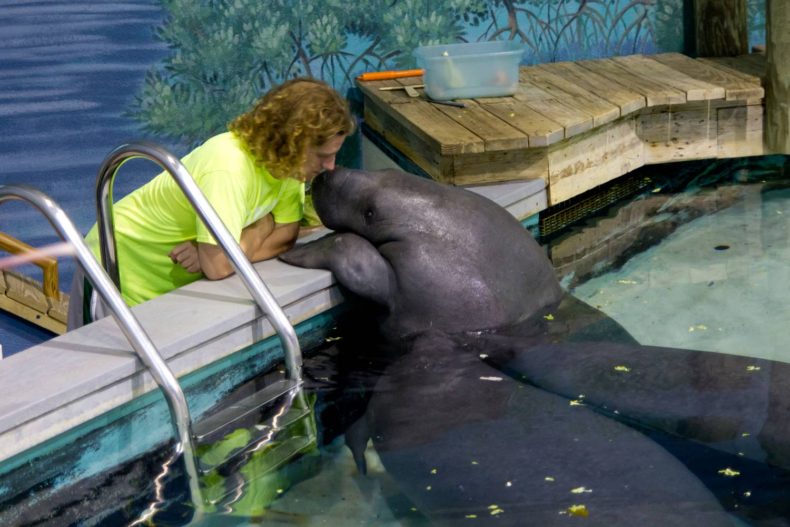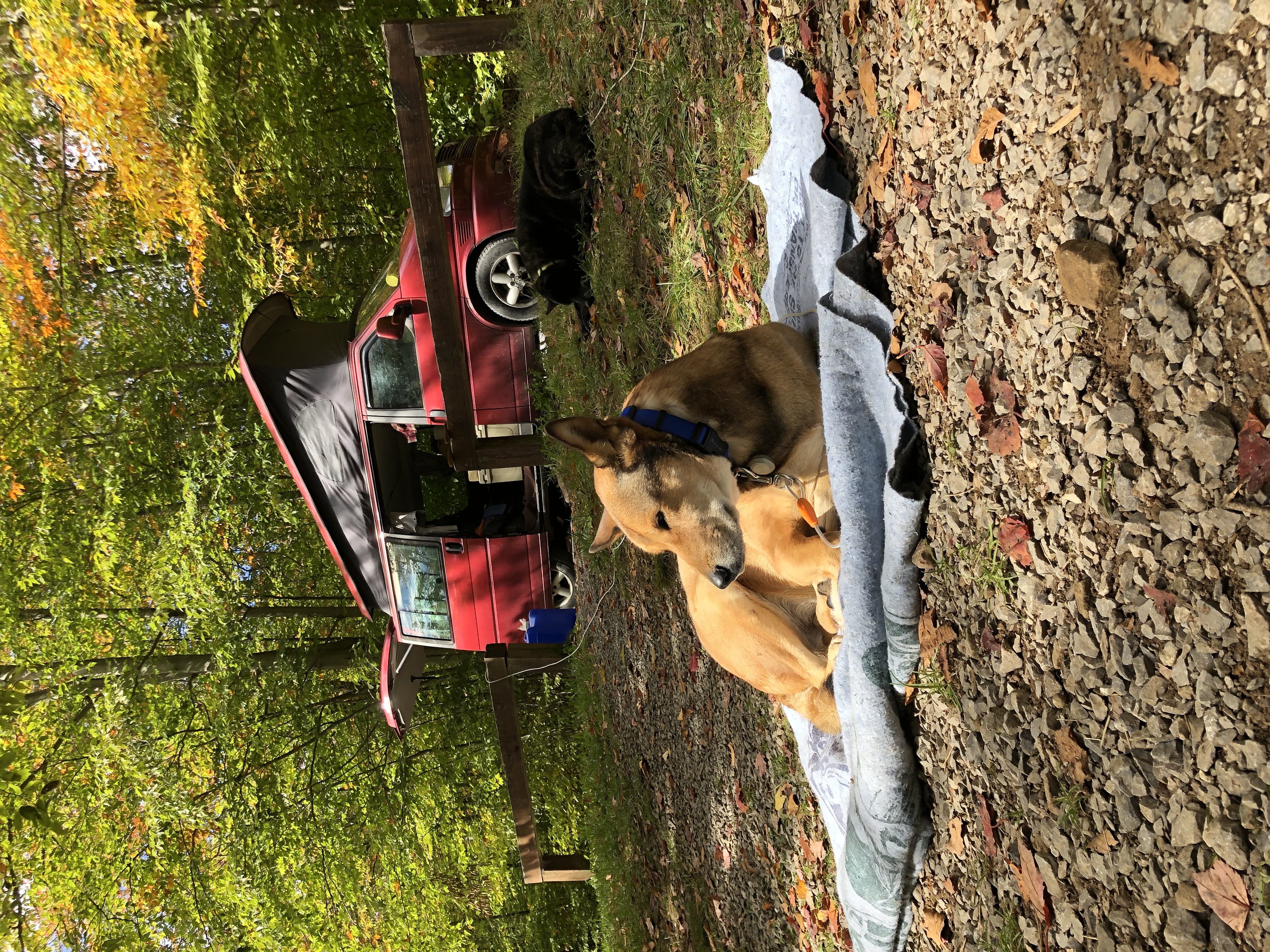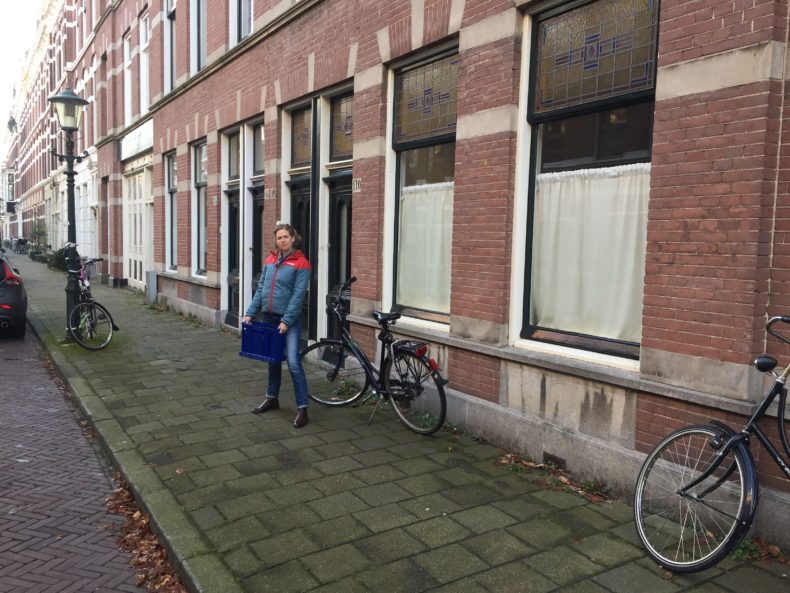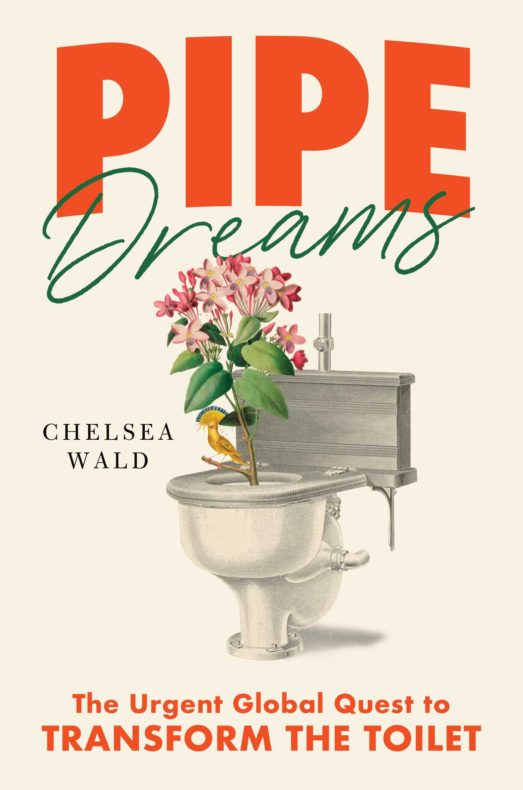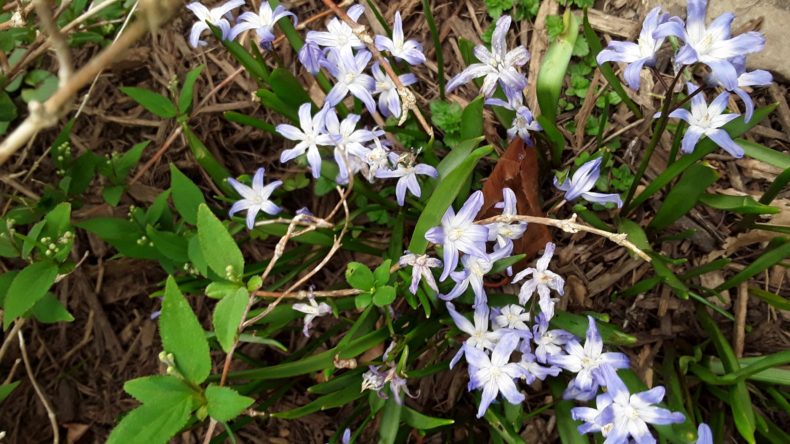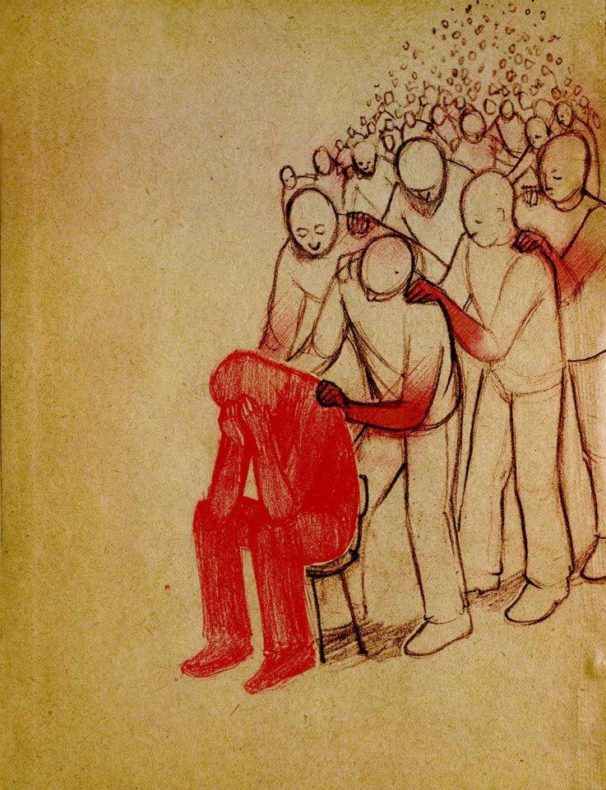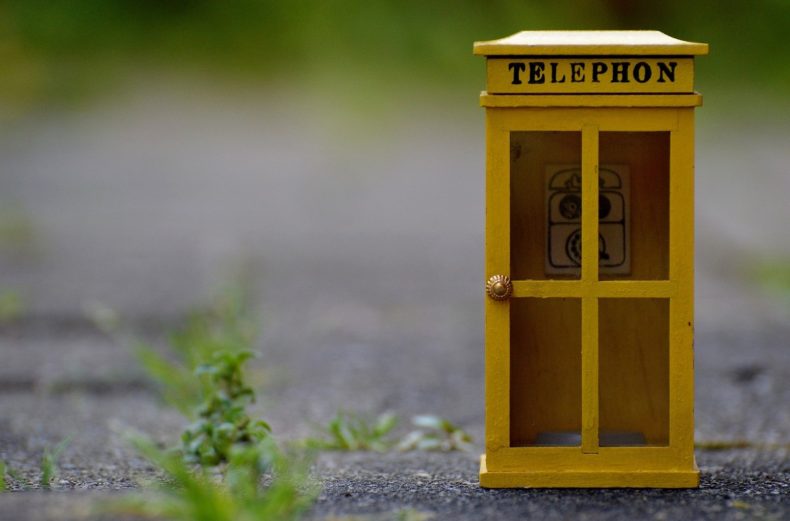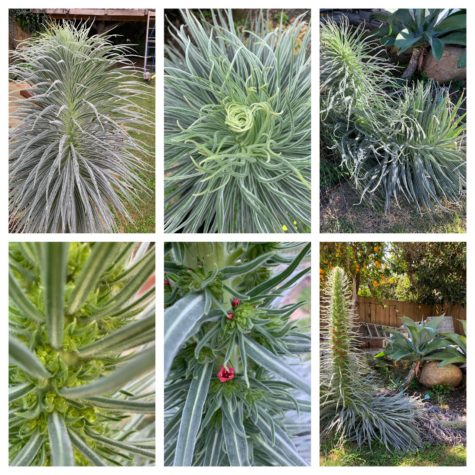
Last spring, I wasn’t sure how to use Instagram. I mean, I technically knew how to use it. When I logged on, it was honestly keeping me going each day, watching everyone try to figure out what to do at home and seeing that they were just as uncertain as I was. People made sourdough bread, they knitted, they drew rainbows and put them on their windows, they banged pots and pans. But when it came to responding in kind, I wasn’t sure what to do.
Then one of my plants started to grow.
The best way to describe the way I garden is salutary neglect. This phrase, it seems, came from the British loosening their enforcement of trade relations with the colonies in the early 1700s. I have no enforcement whatsoever. I love to buy seed packets and new, hopeful plant starts, and plant them in the garden. I tend them in the first few days, but then something always comes up. (Perhaps not unlike the British—according to the Encyclopedia Britannica, some historians think it would have been impossible for the British to enforce trade across spread-out colonies, others say “a greater cause of salutary neglect was not deliberate but was instead the incompetence, weakness, and self-interest of poorly qualified colonial officials.” Gardening incompetence, weakness and self-interest, that’s me!)
So seeing a thriving plant is always a pleasant surprise. This one started as a low-growing spiky thing, and had stayed that way for a year. In March 2020, it started shooting up toward the sun.
The plant was an echium, a biennial plant which shoots out a flower spike during its second year. These species—there are six of them—are native to the Canary Islands and parts of the west coast of Africa and the Iberian Peninsula. This one, called Echium wildpretti is known for its size—its flower tower can grow up to seven feet.
So I started taking photos of it. And there was much more drama than I thought. In a rainstorm, the spike fell over. A few days later, the tip started to lift skyward again. (Personal drama: I wrote and deleted several penis-themed captions while giggling to myself.) Huge buds grew in a spiral around the spike. Pink flowers appeared, and then an underlayer of purple. The echium toppled over again, and again, it reoriented toward the sun.
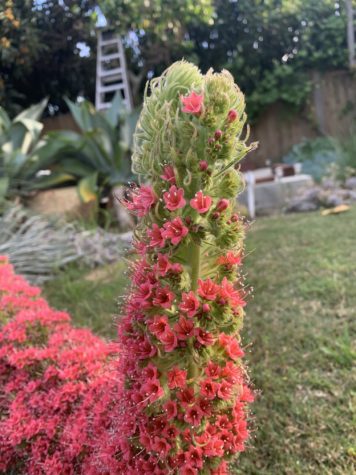
This is the kind of drama I would not have noticed otherwise. But in taking photos of E. wildpretti each day, I could see the small changes. I started looking forward to what would happen next, even when there wasn’t much else to look forward to.
Finally, the tower faded. By then we’d fallen into something of a rhythm at home, or at least something that felt less desperate. Elsewhere in the garden, a few small apricots appeared, and then a surfeit of figs. Sunflowers and pumpkins, then the dump of seed pods from the elm that signals the start of fall.
And now it’s spring again. Because of my incompetence and weakness, I could not remember what year I planted the next set of echium starts. Would I have to wait another year to see a bloom? Then about a week ago, an unassuming plant in the shade started growing upward instead of out. Now it is up above my knees, reaching toward the light.
